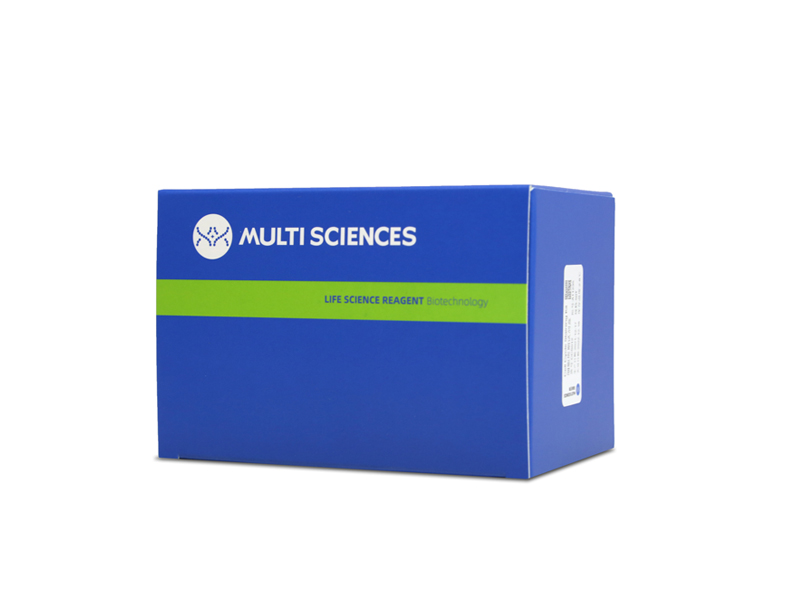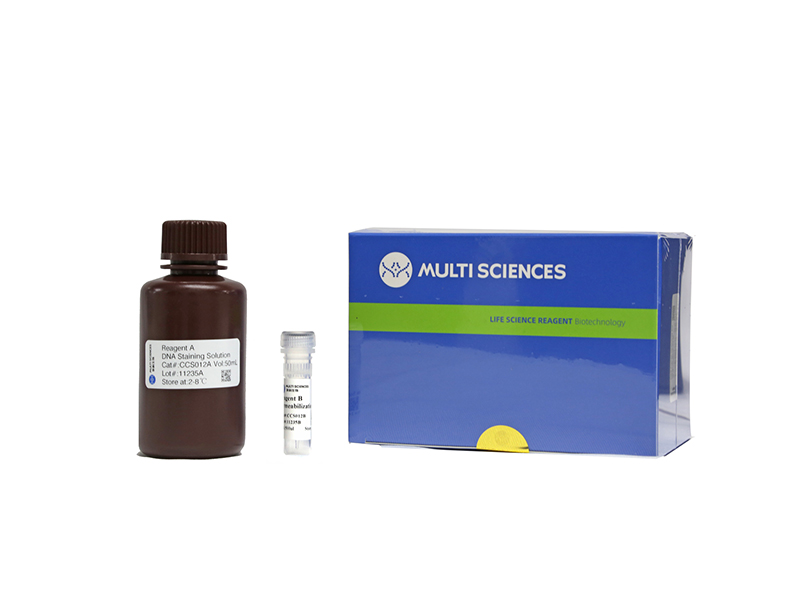Background:Poly-(ADP-Ribose)-Polymerase inhibitors (PARPi) were reported as radiosensitizers in non-small cell lung cancer (NSCLC) with wide-type epidermal growth factor receptor (EGFR), but the effects of radiation combined with PARPi were not investigated in EGFR-mutated NSCLC. Moreover, the underlying mechanisms were not well examined. This study aimed to study the efficacy of radiation combined with niraparib in EGFR-mutated NSCLC and explore their influence on the immune system.
Methods:Clone formation and apoptosis assay were conducted to explore the effects of niraparib and radiation. Immunofluorescence was conducted to detect the double-strand DNA breaks. Real-time PCR and immunoblotting were employed to evaluate the activation of STING/TBK1/TRF3 pathway and the expression levels of interferon β, CCL5 and CXCL10. Immunocompetent mice model bearing with subcutaneous Lewis lung cancer was established to confirm the results in vivo.
Results:Niraparib and radiation were synergistic to inhibit tumor both in vitro and in vivo. Radiation plus niraparib could activate anti-tumor immunity, which appeared as increased CD8+ T lymphocytes and activated STING/TBK1/IRF3 pathway.
Conclusion:PARPi not only as a radiosensitizer inhibited EGFR-mutated NSCLC tumor growth, but also cooperated with radiation to promote anti-tumor immune responses.
文章引用产品列表
-
- CCS012 1190 Citations
- 周期试剂盒
Cell Cycle Staining Kit 细胞周期检测试剂盒
- ¥390.00



